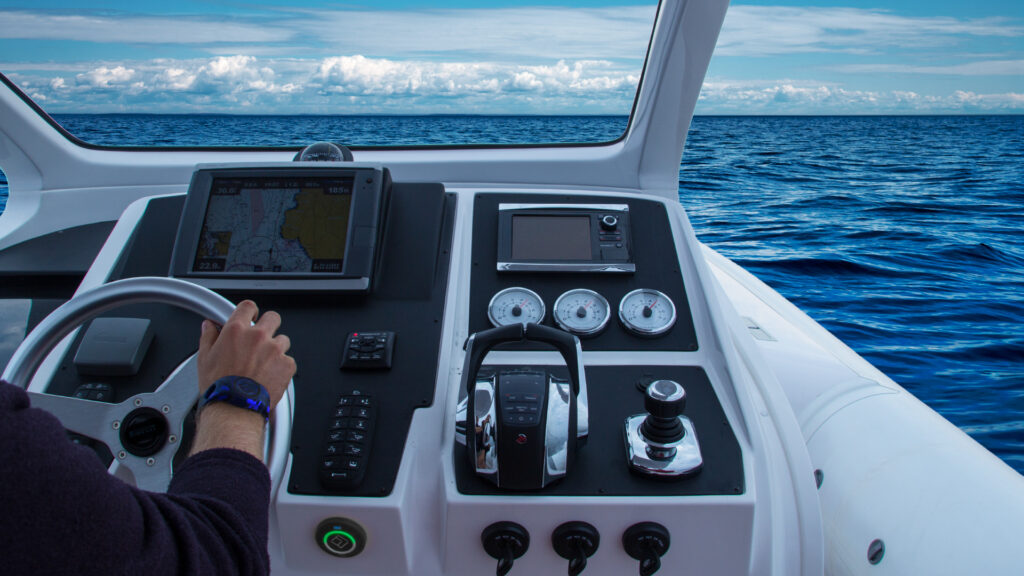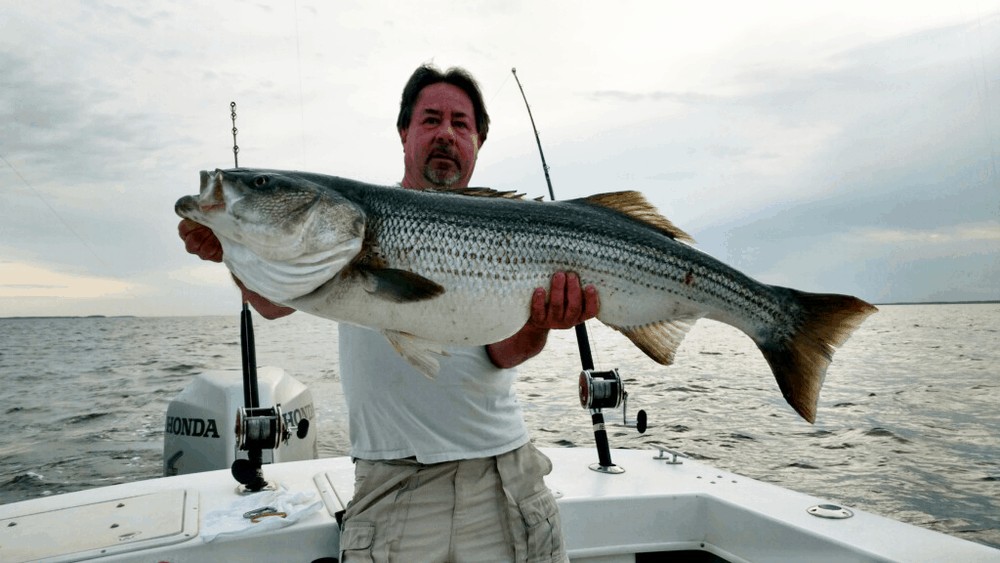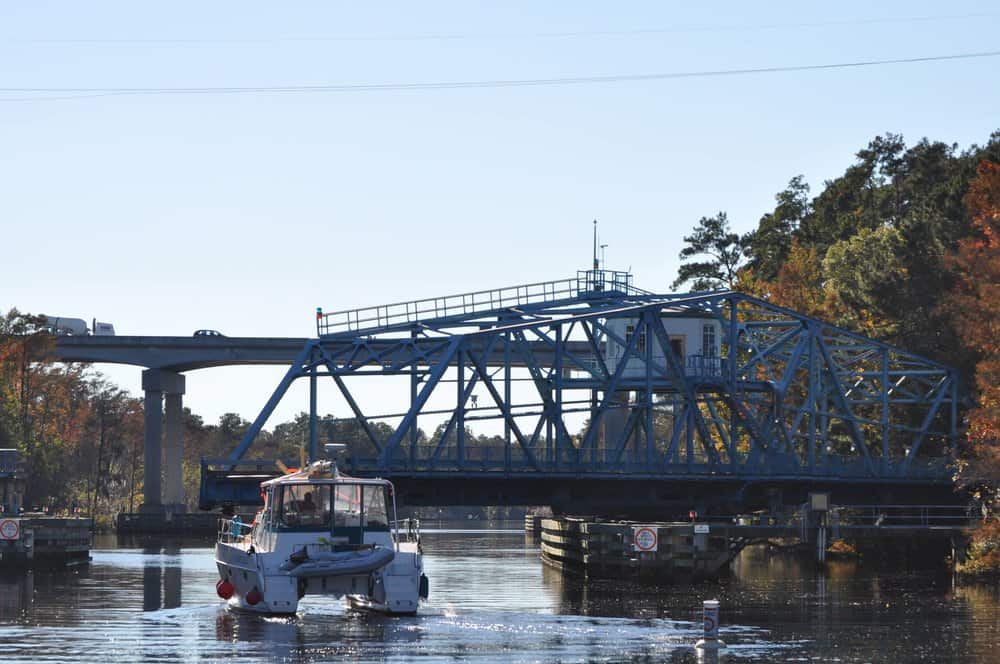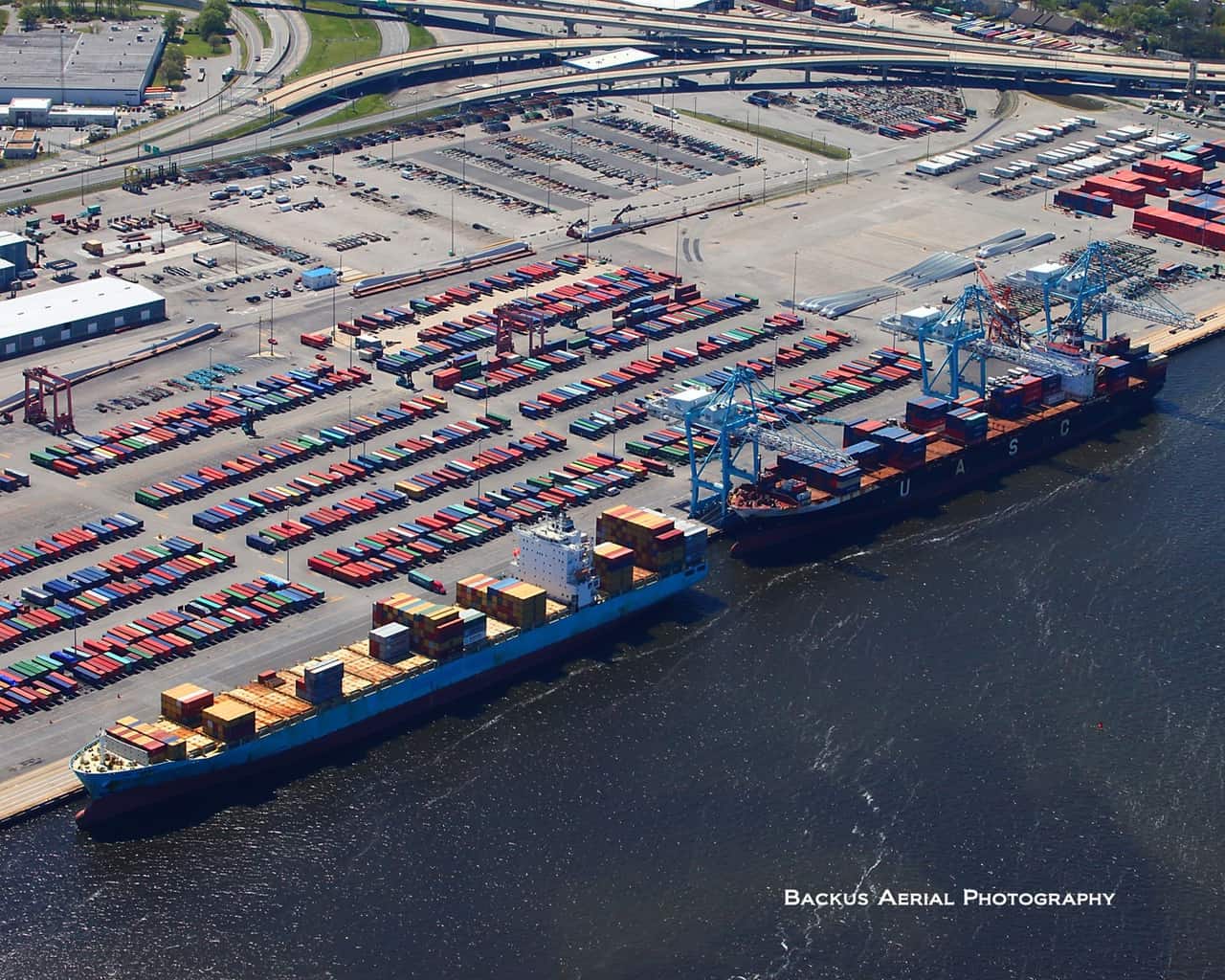National Safe Boating Week is underway as Chesapeake Bay boaters watch the temperatures climb and Memorial Day arrive. A new study shows that boats built with extra safety standards—those that go beyond legal government requirements—keep boaters safer by nearly 50 percent.
A recent study commissioned by the U.S. Coast Guard’s Recreational Boating Safety Division has confirmed how significant voluntary construction and equipment standards can be in recreational boats—reducing the numbers and severity of boating accidents by 43-47 percent over the past 25 years.
These standards come from the Annapolis-based American Boat and Yacht Council (ABYC) and are continuously updated as the industry evolves. The analysis by independent research firms Industrial Economics, Inc. (IEc) and ITA International, looked at national boating accident data over the period 2008-2022. The study used the Boating Accident Report Database maintained by the Coast Guard and a list of boats built to ABYC standards.
These boats are certified through a National Marine Manufacturers Association (NMMA), which inspects boats to make sure they comply with the ABYC standards.
The government’s oversight of recreational boat building has greatly improved boater safety over the last half century. Congress created the Recreational Boating Safety Division in 1971, passing the Federal Boat Safety Act. Since then, the estimated number of recreational boats has more than doubled, but the number of reported boating accidents has dropped more than 50 percent.
The minimum federal safety standards the division develops and enforces for boats and equipment include persons capacity, safe loading, powering, floatation, electrical systems, fuel systems, ventilation, navigation lights, start-in-gear protection, and, most recently, engine cut-off switches.
Recreational Boating Safety Division staff inspect and test boats for compliance, investigate consumer complaints, interpret Federal standards, and issue recalls of boats and equipment.
The basic federal safety standards go only so far, though, especially in today’s cutting-edge vessels that may be more complex than our cars and even our houses. Thus, the boating safety agency supports voluntary standards that go above and beyond their requirements.
They “encourage development of voluntary safety standards for recreational boats by international and national standards organizations,” according to the study. Enter the ABYC, headquartered in the Eastport neighborhood of Annapolis, which “sets voluntary global safety standards for design, construction, maintenance, and repair of recreational boats, in collaboration with the USCG.”
These heightened safety standards cover major features from hulls to wiring, plumbing, and ventilation specifications. They also cover design details for secondary items like lights, hatches, grab rails, and swim platforms. To see some of the standards you may be considering for your boat, check this page on ABYC’s website.
ABYC also sets standards and offers training for the maritime technicians who service our boats. The standing ABYC standards are continuously updated by diverse teams of engineers and technicians voluntarily assigned by NMMA member companies.
Such voluntary participation benefits the industry by reducing warranty claims and litigation while building the long-term value of the vessels and accessories offered to us boaters.
“In short, the ABYC closes the gap between the Code of Federal Regulations and practical standards,” explains ABYC’s President, John Adey. “This important research confirms what many have believed anecdotally,” adds Jeff Ludwig, chief of the RBS Product Assurance Branch, “which is recreational boats that are built to voluntary standards are less likely to be in certain accidents than those built to the Coast Guard’s minimum standards. In many cases voluntary standards exceed the Coast Guard’s requirements, and this extra effort by some manufacturers should be noted by consumers.”
It’s something to consider when shopping for a new boat or choosing a marine service tech.




